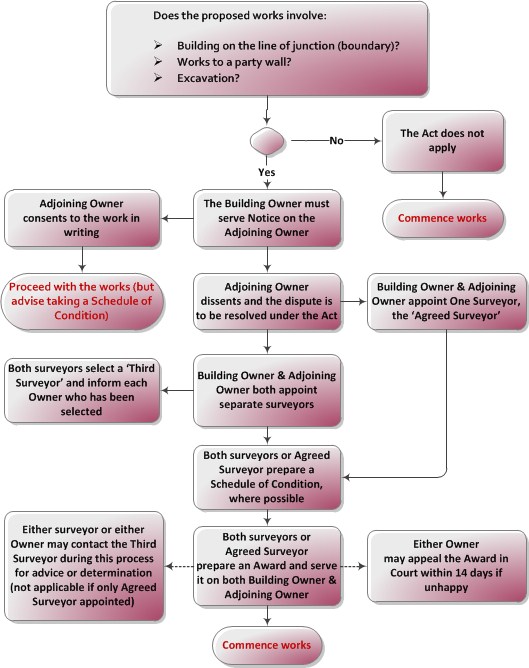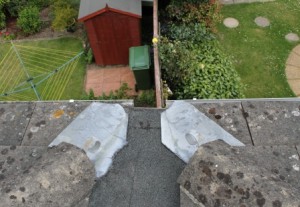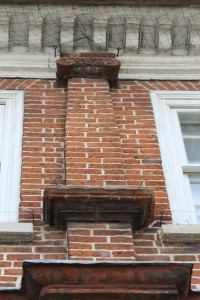Experienced Party Wall surveyors, RMA Surveyors in Berkshire, can provide advice on Party Wall matters and act on behalf of building owners and adjoining owners.
If you’re unsure whether the Party Wall etc. Act 1996 applies to your situation, take a look at the Faculty of Party Wall Surveyors (FPWS) useful (guidance only) flow chart.
If you need professional advice, call RMA Surveyors on 01635 579208 or contact us via our enquiry form.
If an owner wishes to undertake works that fall within the remit of the Party Wall etc. Act 1996 then it is their statutory duty to inform their neighbour(s) by serving a party wall notice.
The following diagram is a flow chart that sets out a step-by-step guidance only of what to do. Please, however, contact a member for professional advice:










